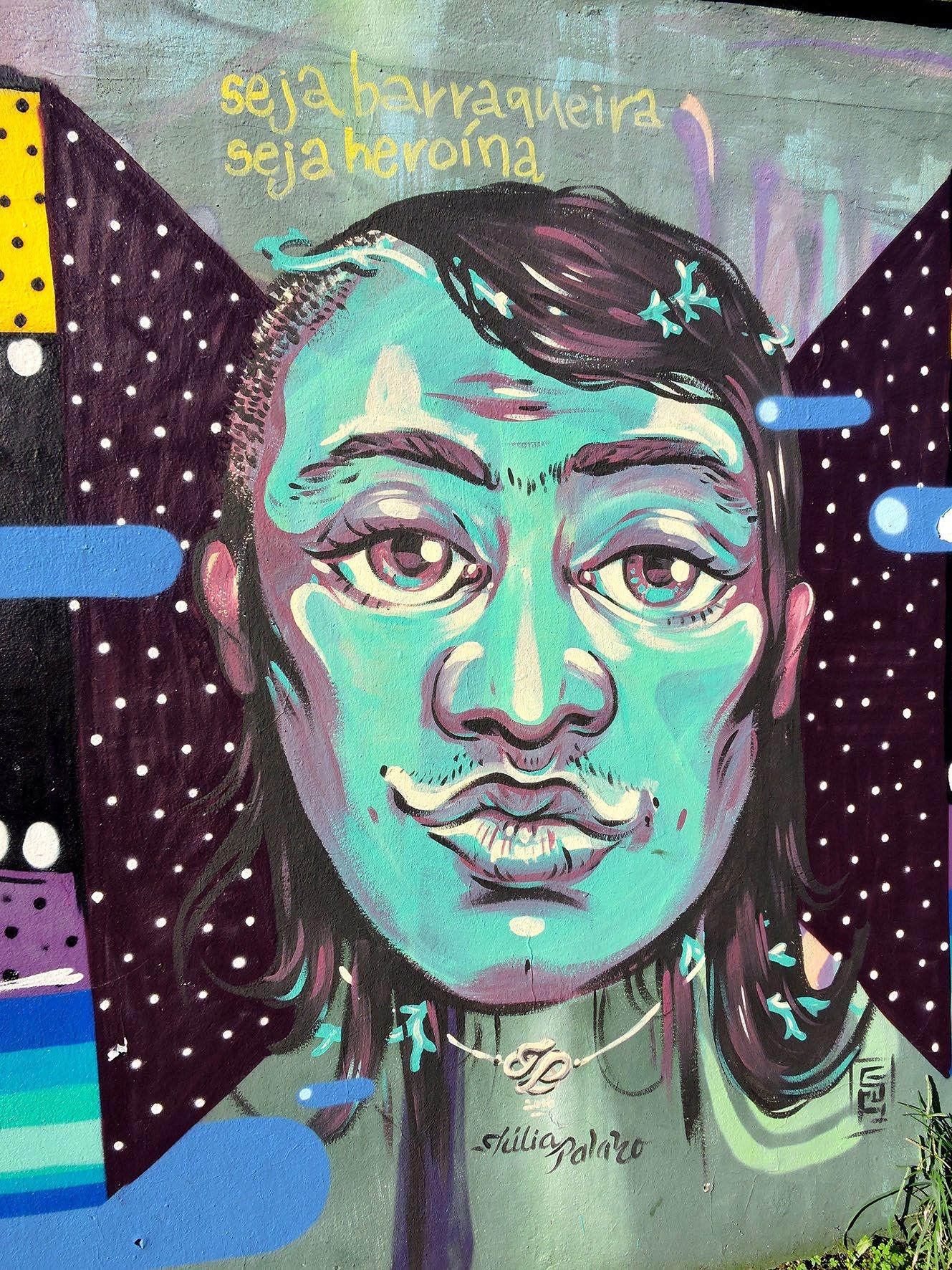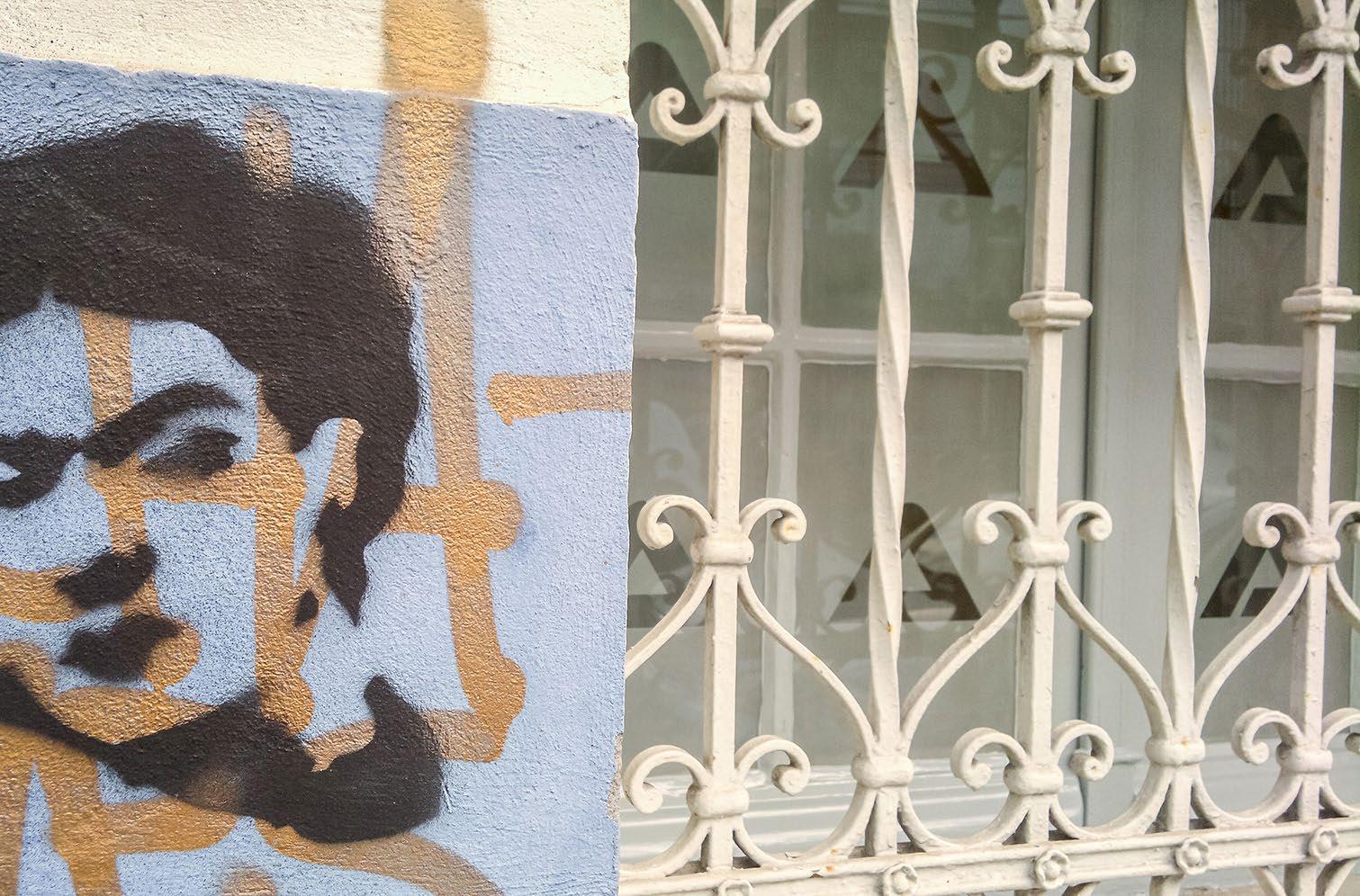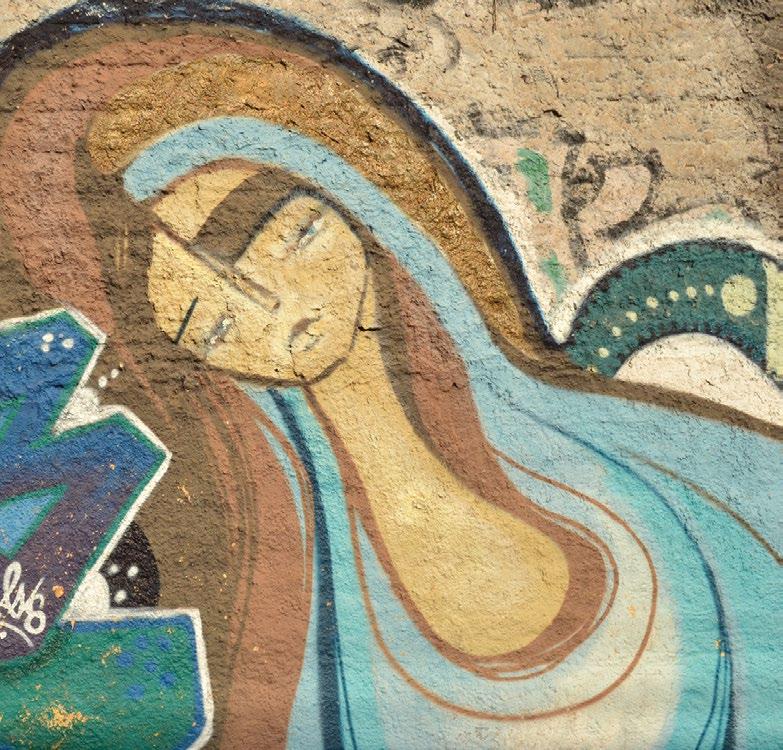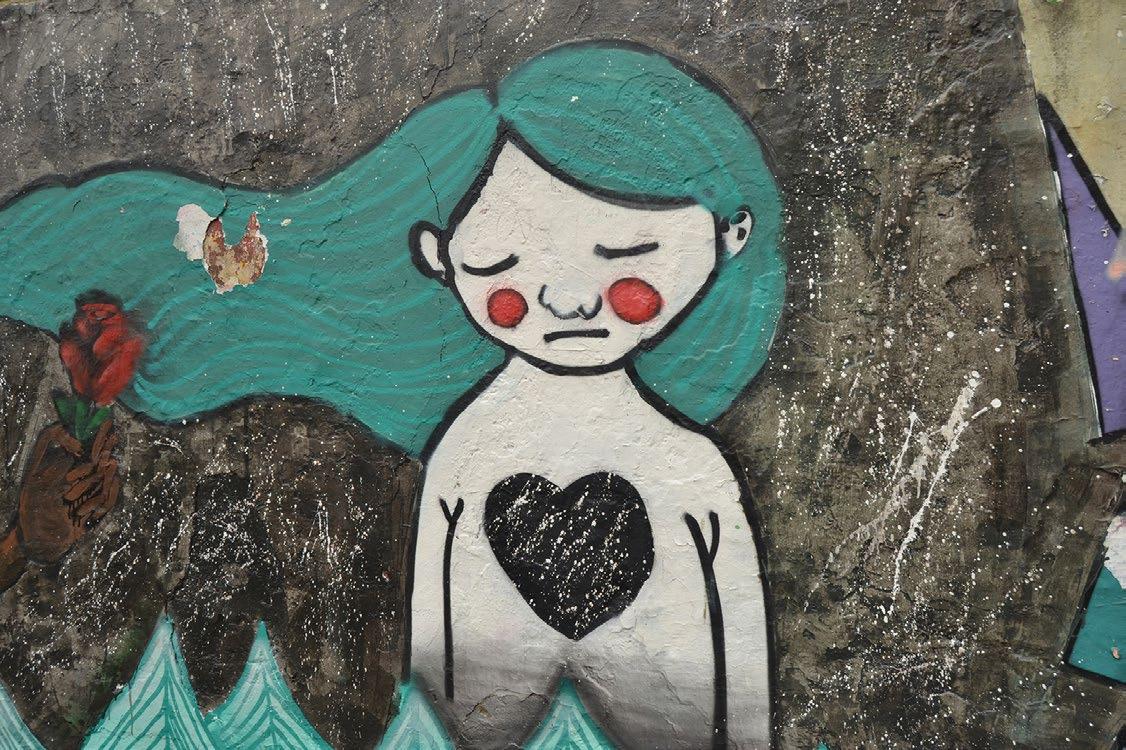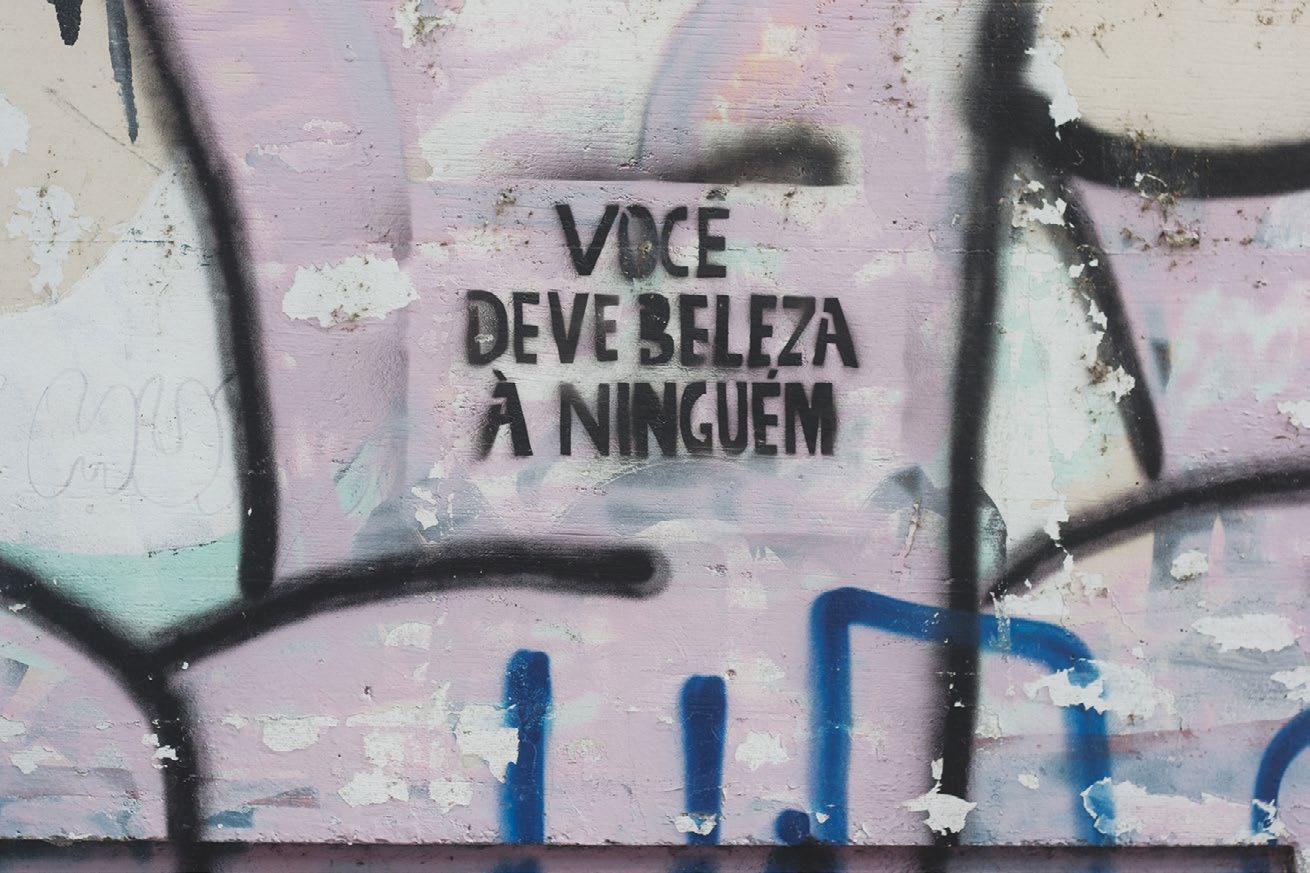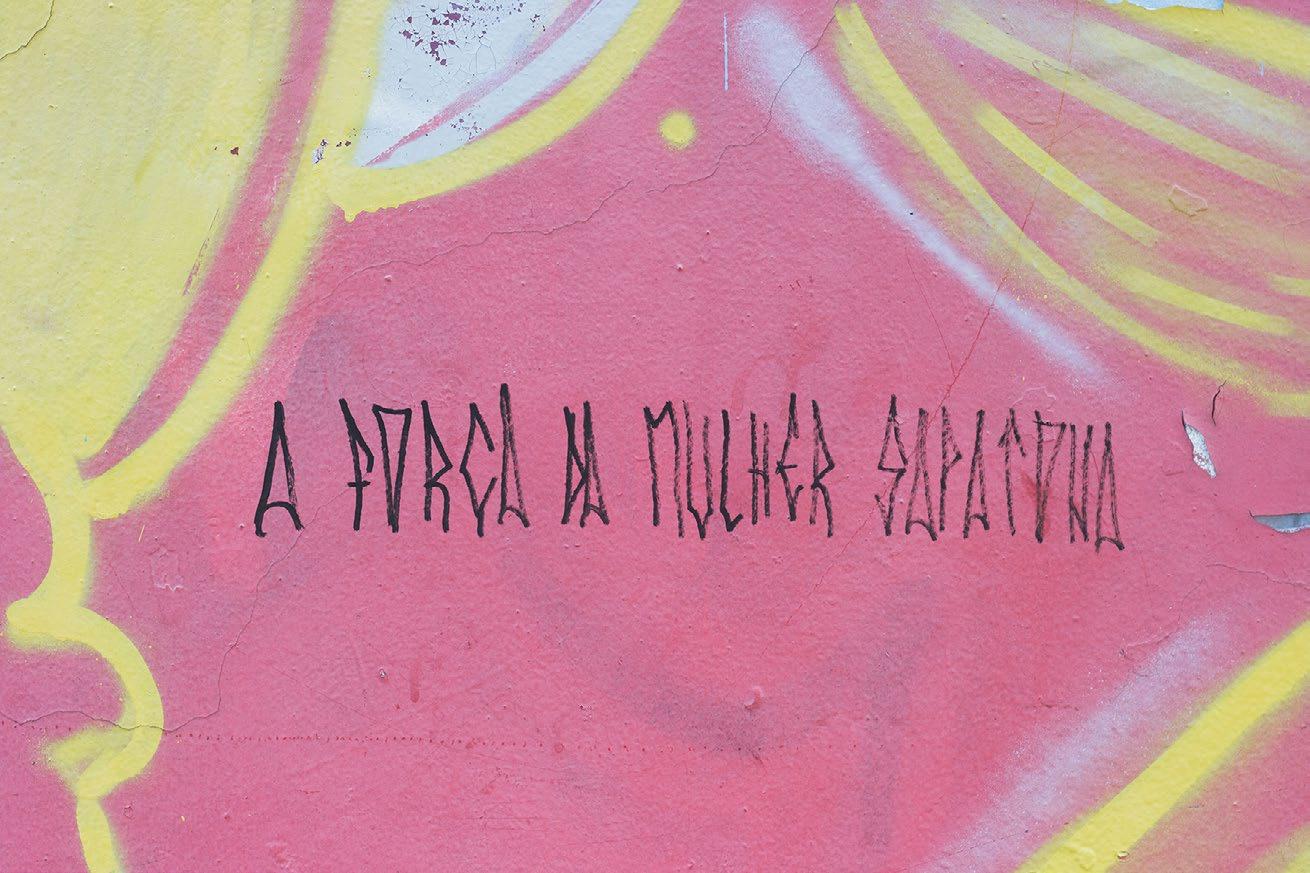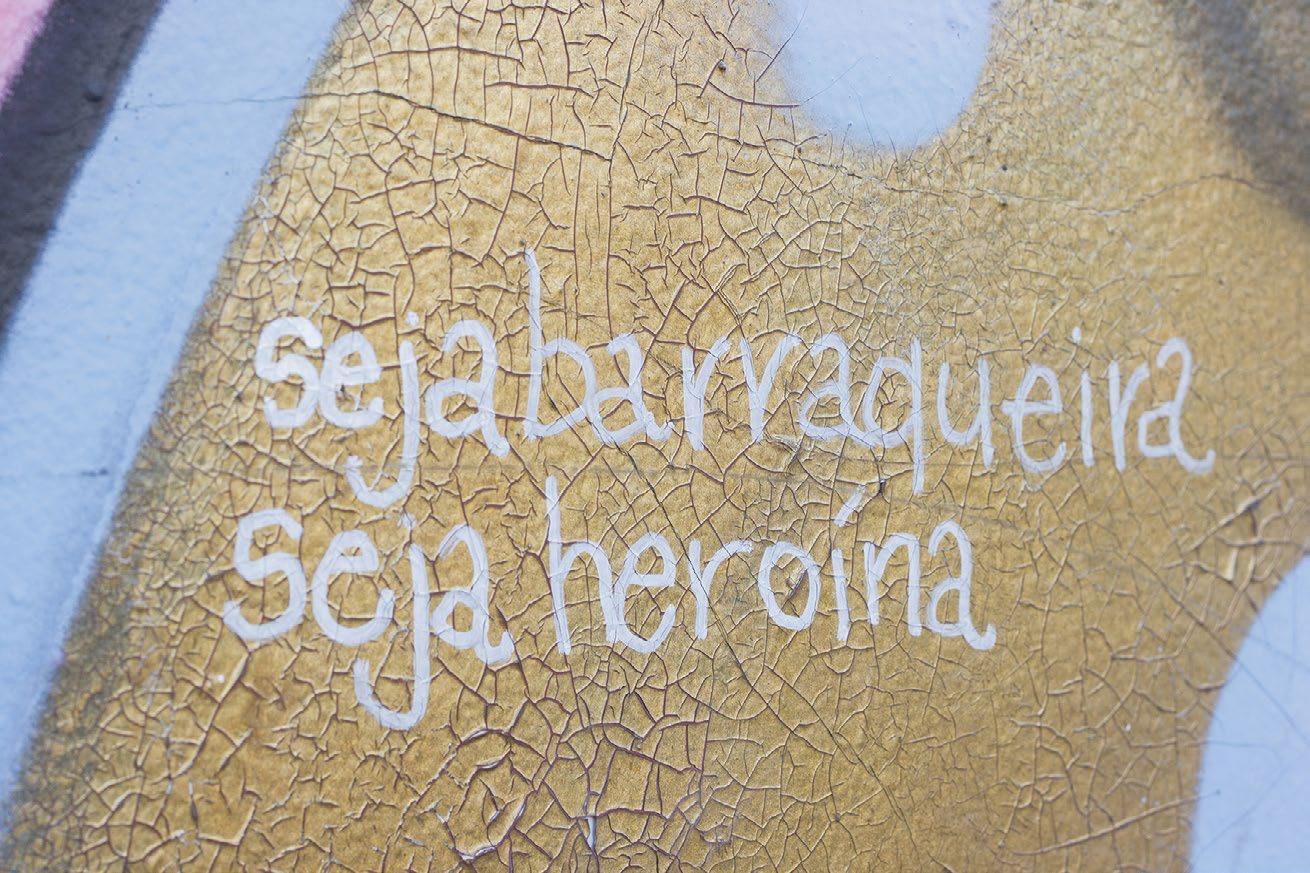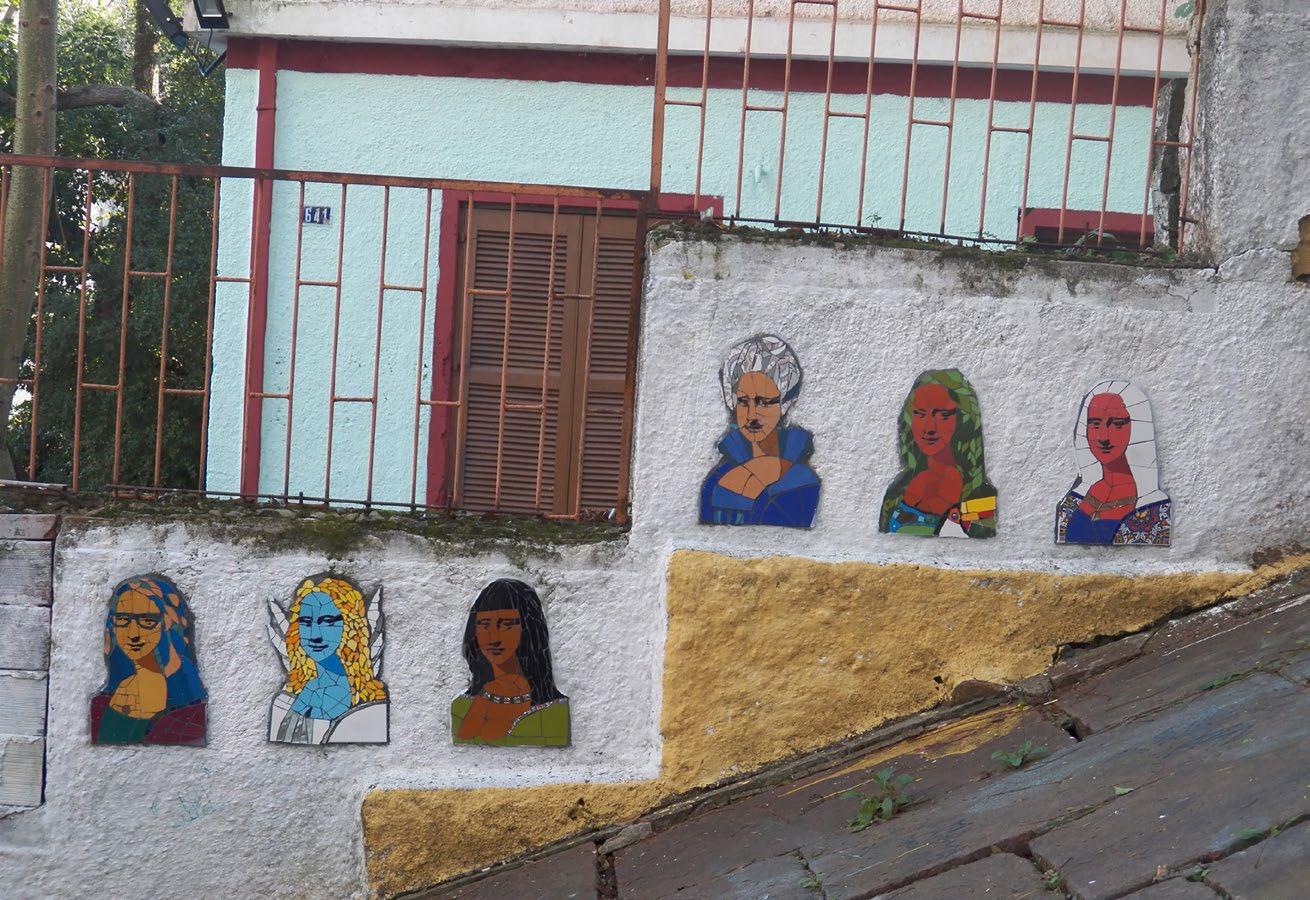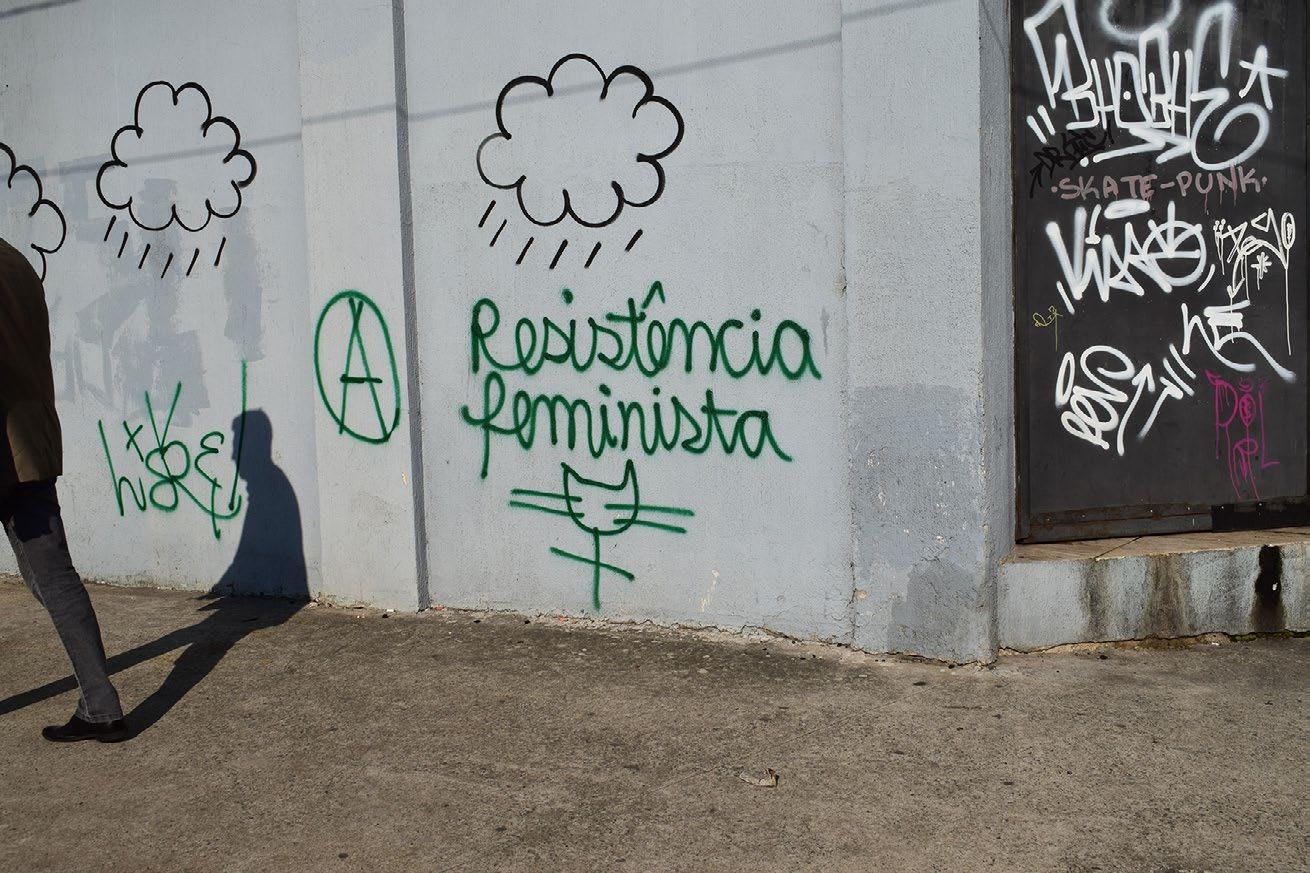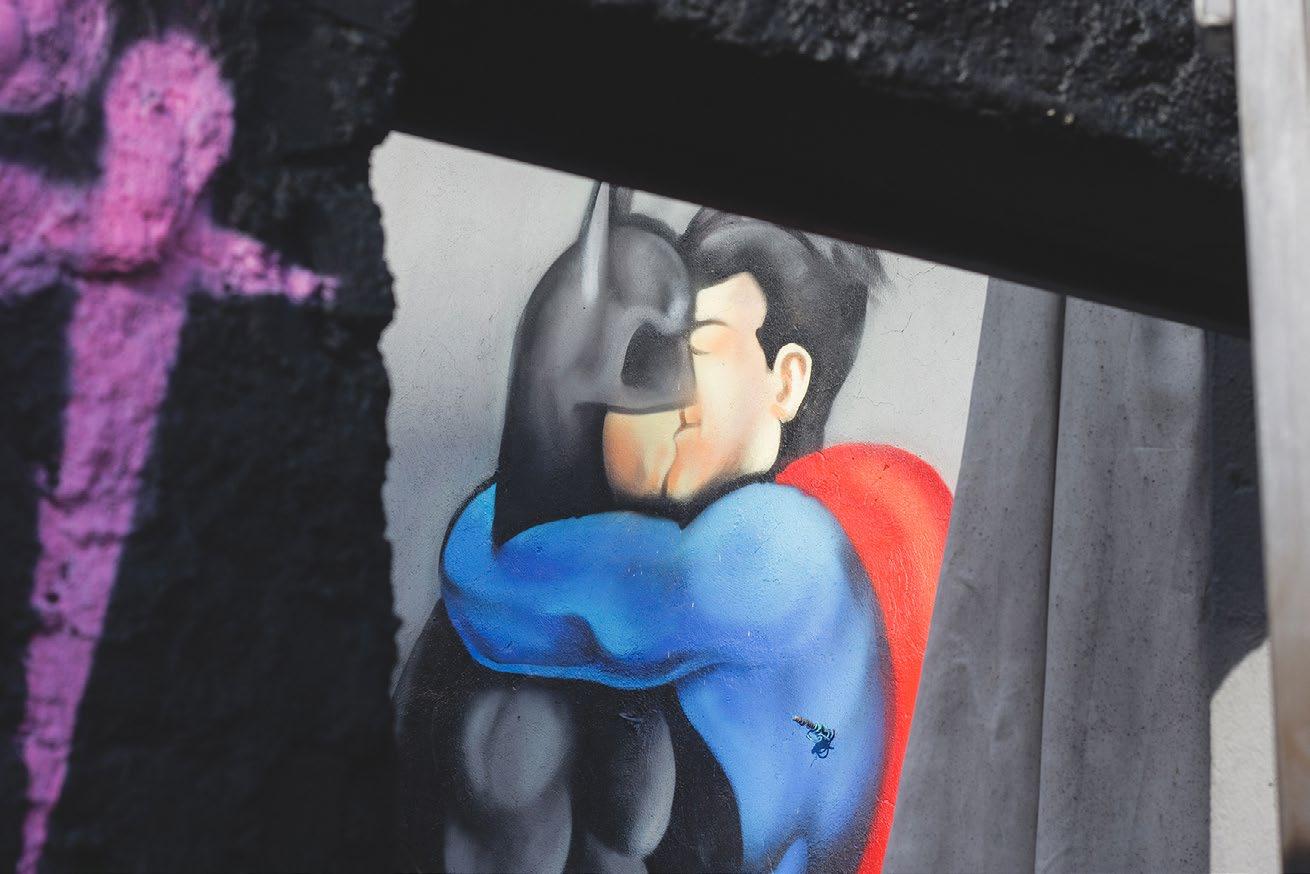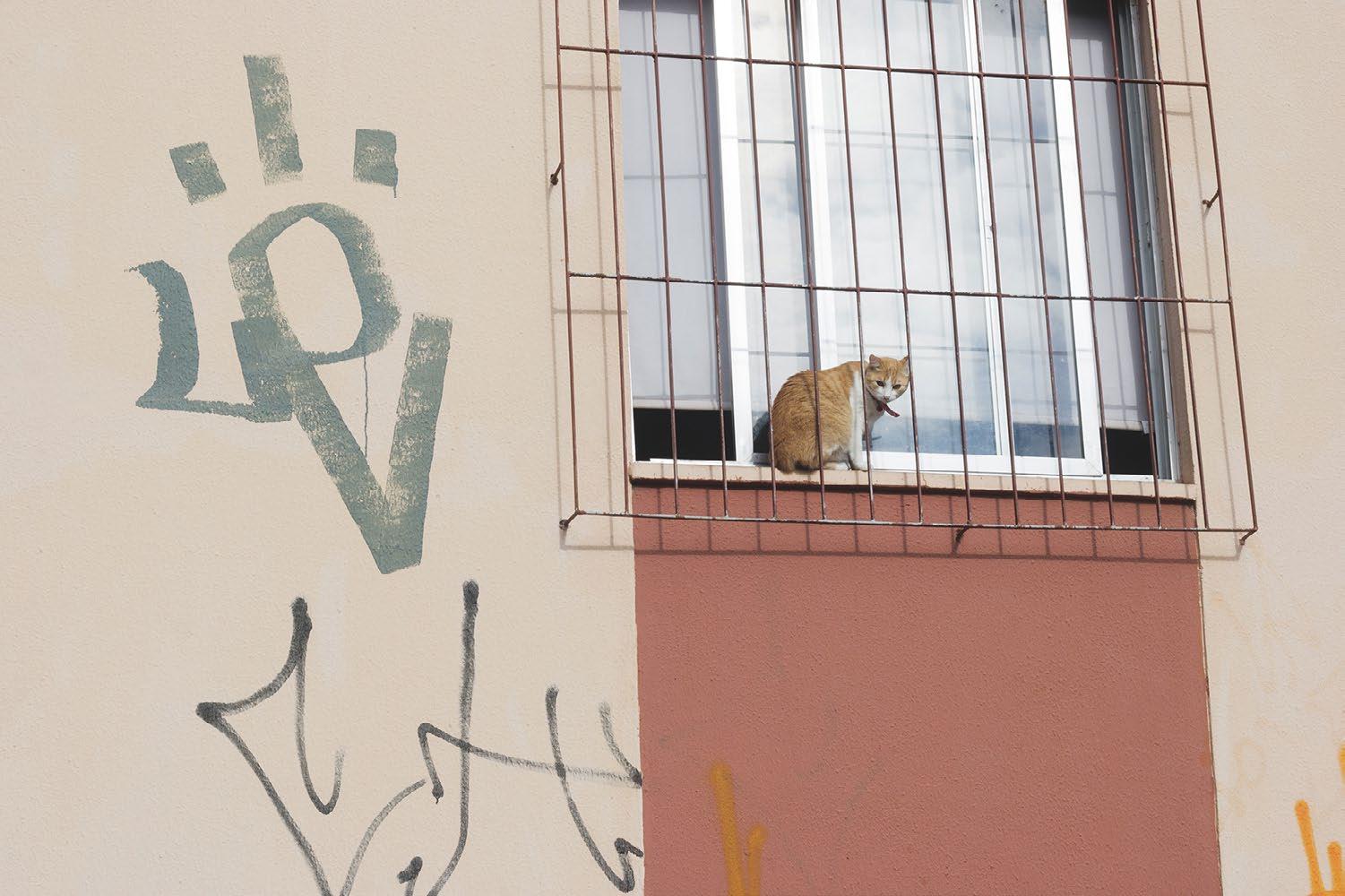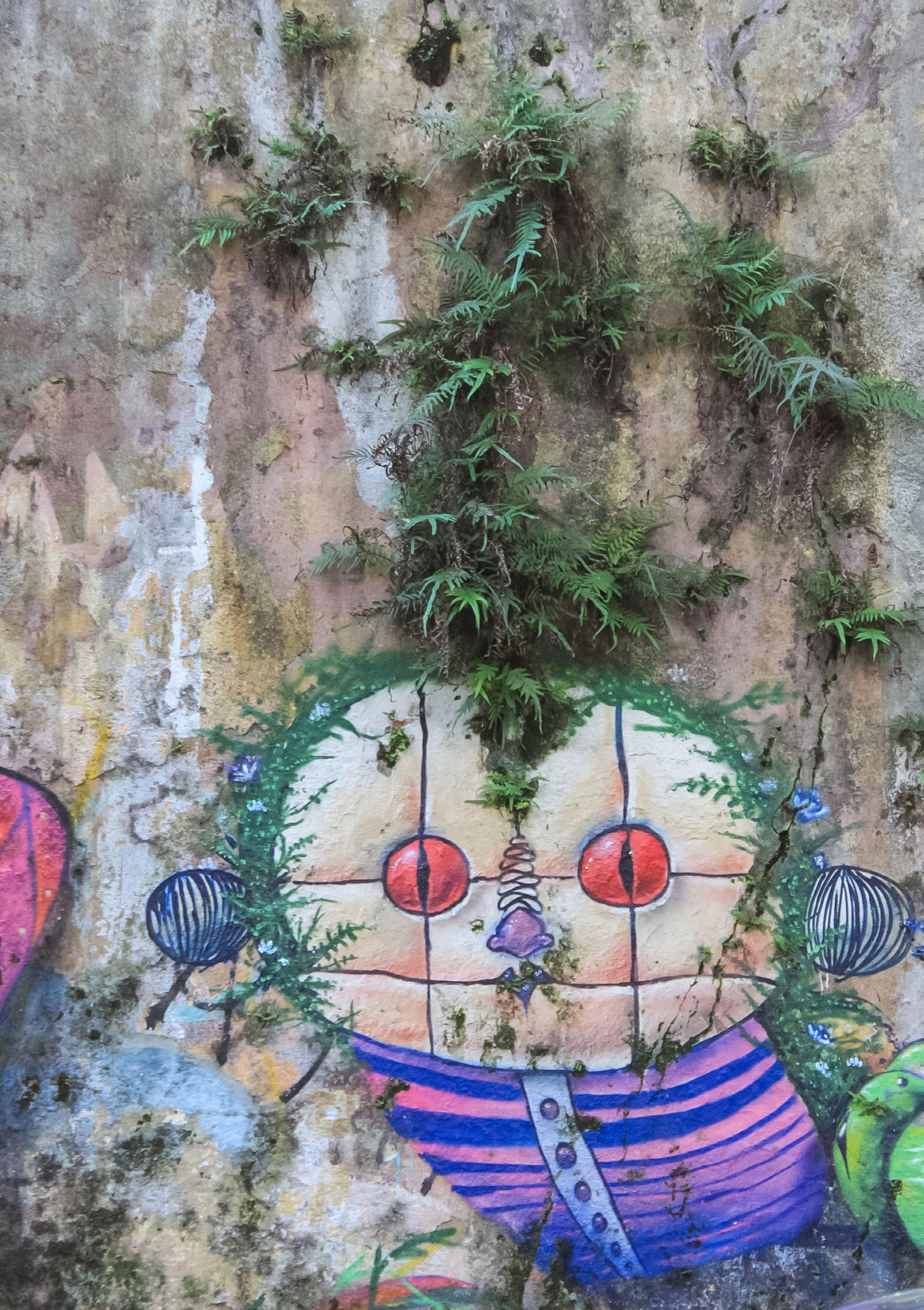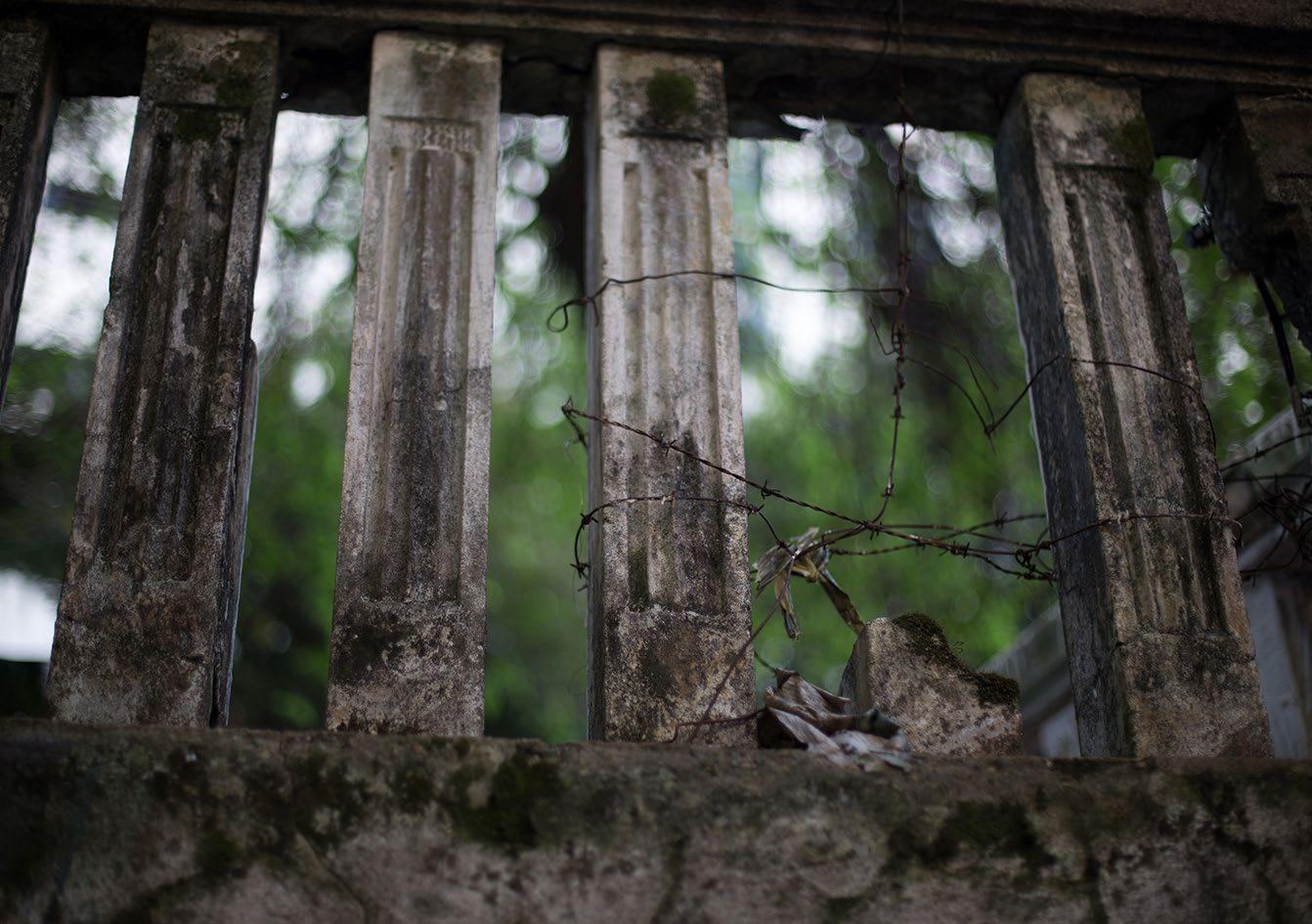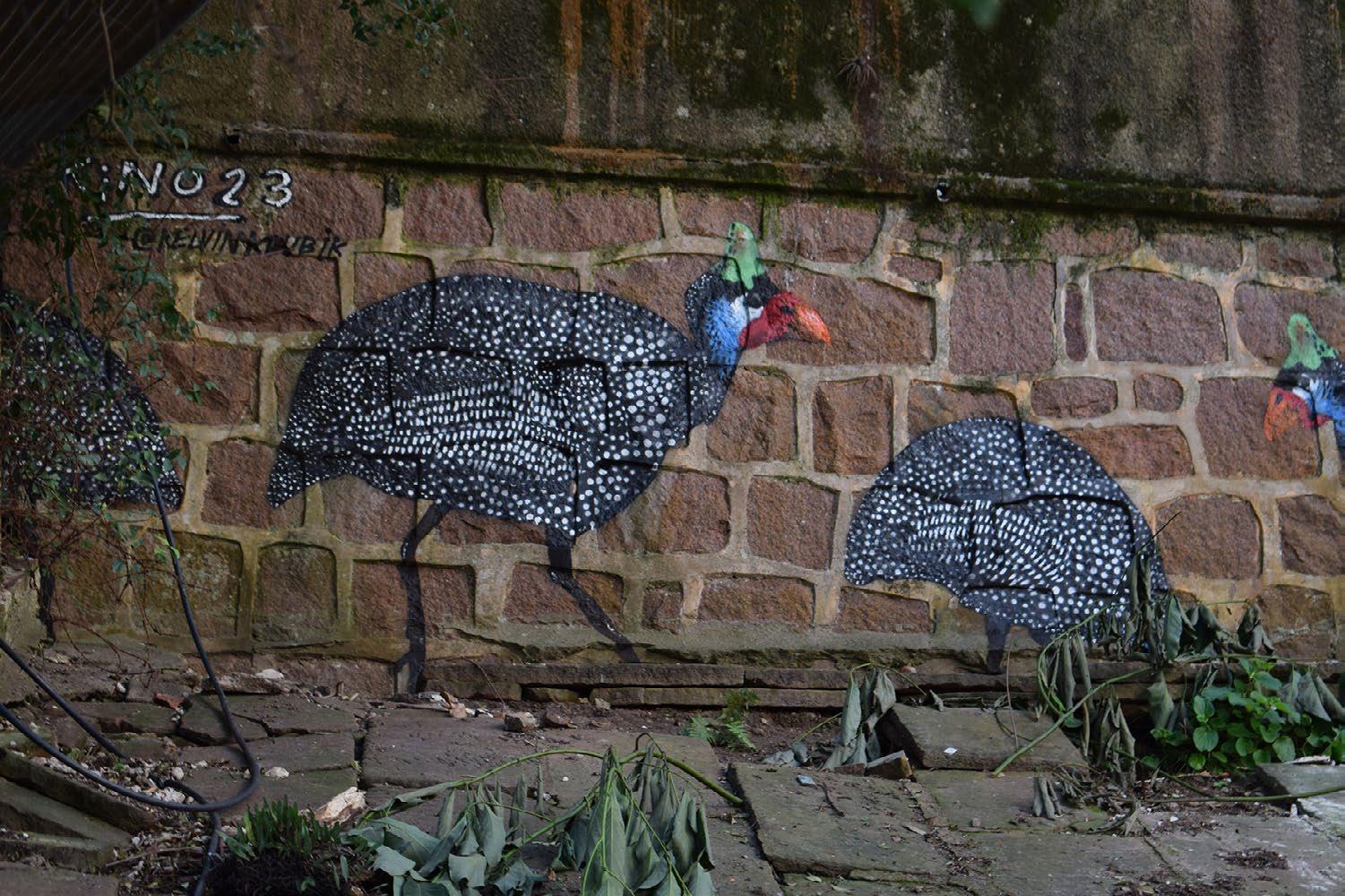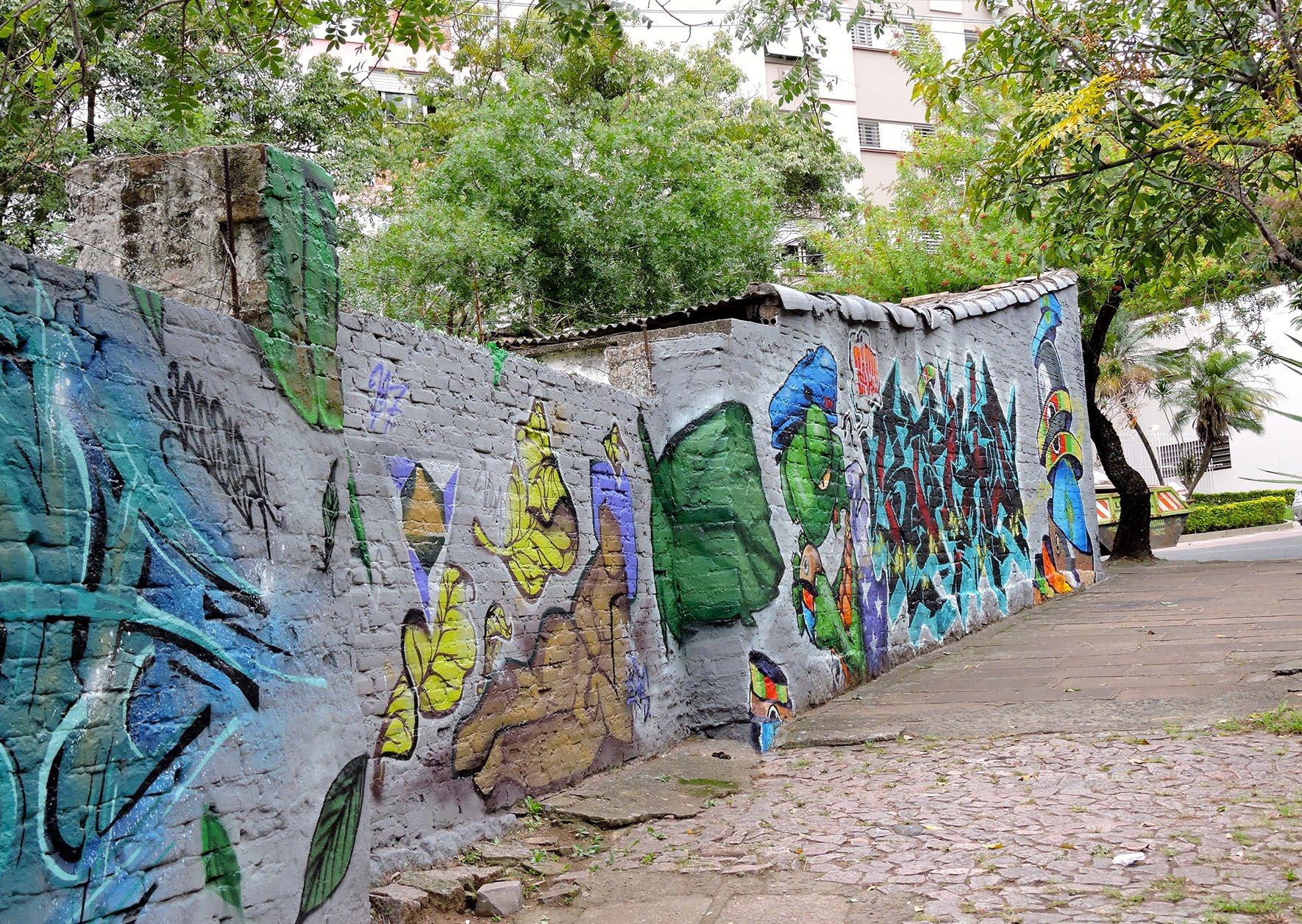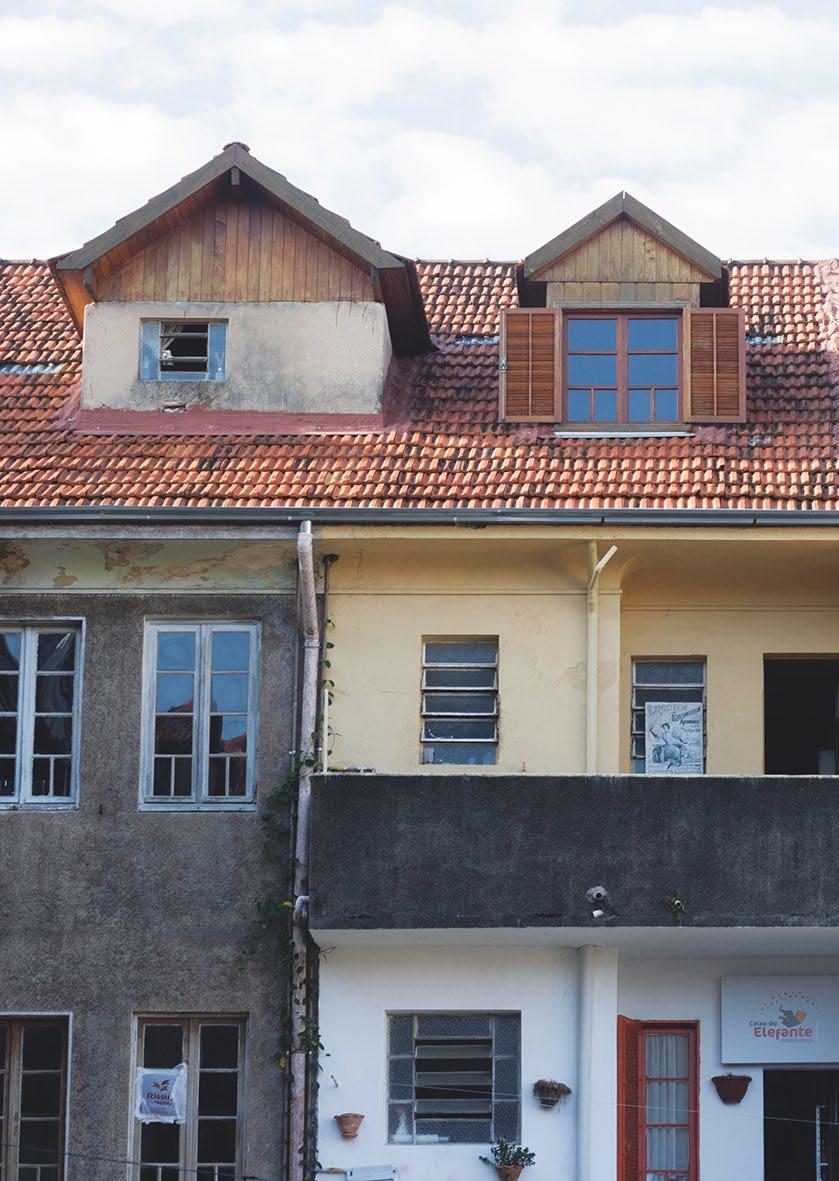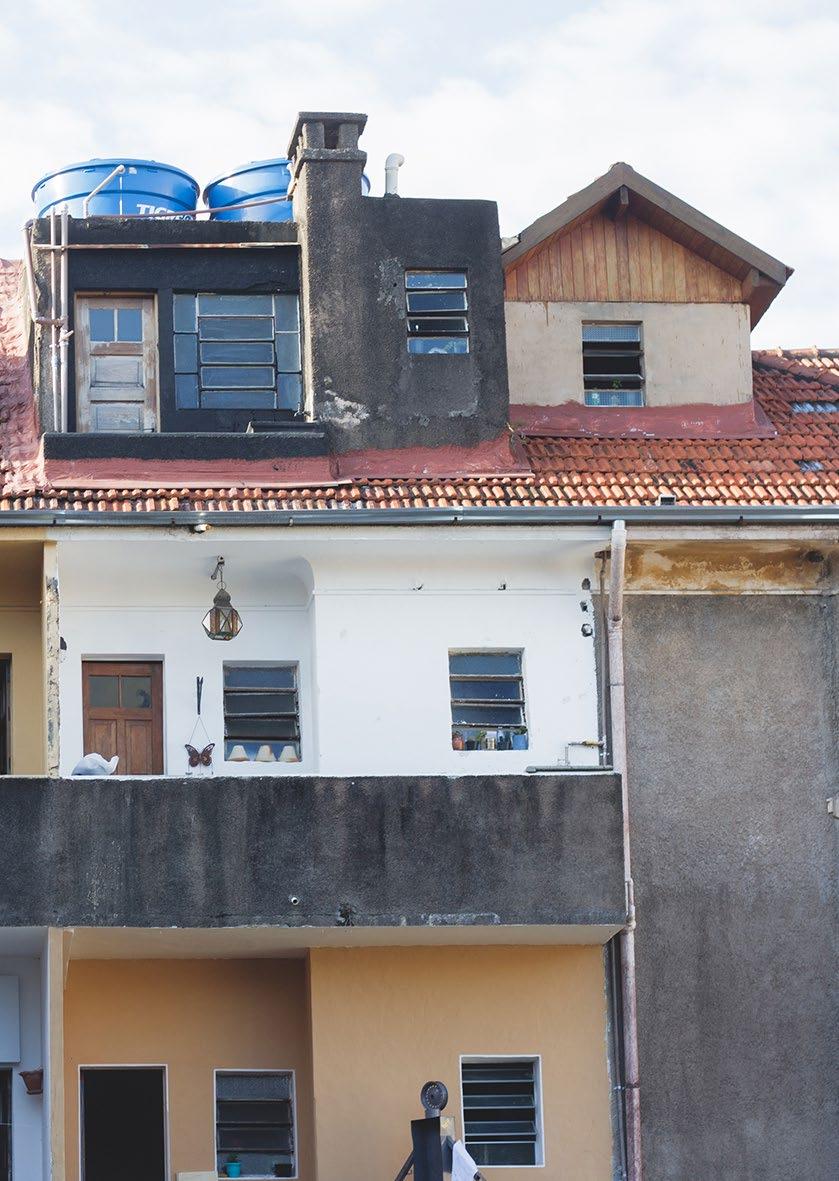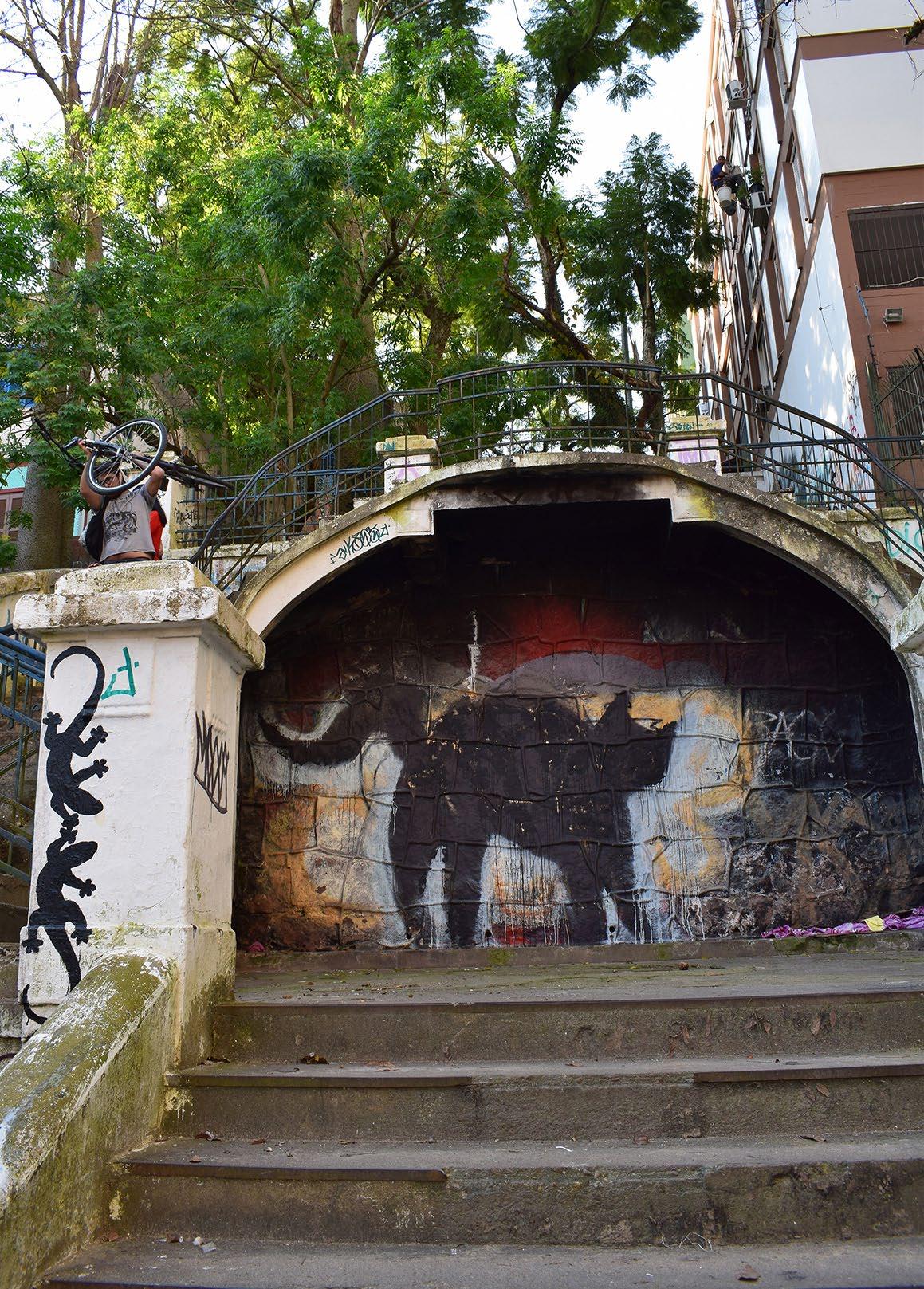
8 minute read
Colette Petonnet
Fotografias: Camila Braz da Silva, Cornelia Eckert, Diogo Dubiela, Fabrício Barreto, Felipe Rodrigues, Guillermo Gómez, Javier Calixto, José Luís Abalos Junior, Marielen Baldissera, Marina Bordin, Nicole Rigon, Roberta Simon, Rumi Kubo, Yuri Rapkiewicz Curadoria: Rafael Derois Professores visitantes: Ricardo Campos, Marian Moya Pesquisadores que colaboraram: Adauany Zimovsky, Débora Wobeto, Jeniffer Cuty, Juana Cabrera, Leonardo Palhano, Manoel da Rocha, Manoela Laitano, Rafael Pflug, Thainan Piuco Mediadores: Ana Paula Monjeló, André Venzon, Clara Freund, Tridente (Luiz Vargas)
Porto Alegre, 29 de outubro de 2017
Advertisement
Cara Colette
É com imenso prazer que te escrevemos esta carta, uma vez que deixaste inúmeros seguidores de tua tradição de observadora flutuante desde a tua visita a Porto Alegre em 1992, contribuindo para que essa metodologia tenha provocado um espaço de afetos na trajetória da antropologia em nossa universidade. Aprendemos que, quando permanecemos disponíveis em nossos percursos na cidade, sem fixar em invólucros nenhum objeto preciso, a observação flutuante nos possibilita entrar em estado permeável a todos os segredos da sede em todas as suas misturas. A observação flutuante está sempre presente em nossos passeios e percursos urbanos, deixando-nos levar pelo inesperado. O acaso nos reserva surpresas, segredos, fofocas que permeiam o cotidiano de indivíduos da cidade, até aquele momento para nós desconhecidos.
Porto Alegre, 29 de october 2017
Dear Colette
It is with great pleasure that we write this letter, given that you have left countless followers of your tradition of floating observer since your visit to Porto Alegre in 1992, which helped to have this methodology provoke a space of emotions in the trajectory of anthropology at our university. We learned that when we remain open minded on our routes through the city, without setting in wrappers any precise object, a floating observation allows us to enter a state that is permeable to all the secrets of downtown, in all its mixtures. Floating observation is always present in our urban excursions and paths, letting us be taken by the unexpected. The randomness brings us surprises, secrets, gossip that permeates the daily life of individuals of the city, which until that moment were unknown.
Observamos a cidade como um campo sensorial que se evidencia através de suas misturas e fluidos, através do campo e do urbano, do global e do local, pois, como tu mesmo nos ensinaste, a sociedade moderna está sempre interligada. Ao flutuar em meio à multidão, assimilamos relações entre indivíduos a partir de seus rastros pela cidade, da mesma forma que desconhecidos e celebridades são lembrados nas lápides do cemitério Père Lachaise, onde tu costumavas fazer teus itinerários. Seriam as inscrições nos muros uma busca incansável de se impor à memória coletiva da cidade? Mesmo com tantas pessoas, uma cidade grande abriga diversas cidades pequenas, onde indivíduos partilham seus imaginários sobre elementos que trazem memórias de algo, ou de alguém que um dia fez parte de sua história. Em meio às nossas flâneries, você nos estimulou a observar a natureza na selva de concreto, as flores, as árvores, os perfumes e, especialmente, os gatos, tão presentes na etnografia do cemitério Père Lachaise. Afinal, por que um cemitério não pode ser um parque florido e agradável para devaneios cotidianos, ao invés de apenas um lugar de descanso para indivíduos que este mundo já deixaram? O espaço urbano, não importa o que represente, é sempre um lugar marcado por sociabilidades. Certos grupos e pessoas criam afinidades com algumas de suas áreas, e tratam de as cuidar, limpar, colorir e animar.
Entre as inscrições urbanas, lembrávamos frequentemente de teus escritos sobre o feminino; às vezes, em desenhos com traços delicados; outras vezes, a partir de símbolos do movimento feminista. A clássica Monalisa do século XVI, que nos chamou a atenção em suas frequentes aparições pelos muros de nossa cidade, representada em mosaicos coloridos de azulejos e fragmentos de espelhos, adquire semblantes tipicamente modernos. Na mistura de bricolagens, vivenciamos o segredo dos encontros e da diversidade das formas em que sua imagem aparece e se renova: às vezes punk, gótica, com flores na cabeça, brasileira, negra, branca, colorida. Entre a arte e o artesanato presentes na arquitetura urbana, também observamos as marcas do tempo, em descasos e depredações que abalam a paisagem de nossa querida cidade. Inúmeros espaços vazios, abandonados, tantas casas sem gente, tanta gente sem casa!
We observe the city as a sensorial field that is revealed through its mixtures and flows, through the rural and the urban, the global and the local, because as you taught us, modern society is always interlinked. By floating amid the multitudes, we assimilate relations among individuals based on their tracks through the city, in the same way that people unknown and celebrities are remembered on the tombstones of the Père Lachaise cemetery, where you often took your excursions. Are the inscriptions on the walls a tireless effort to leave a mark the collective memory of the city? Even with so many people, the large downtown encompasses various small cities, where individuals share their imaginaries about elements that bring memories of something, or of someone, which one day was part of its history.
Amid our flâneries, you encouraged us to observe the nature of the concrete jungles, the flowers, trees, perfumes and especially the cats, which are so present in the ethnography of the Père Lachaise cemetery. After all, why shouldn’t a cemetery be a flowery and pleasant park for daily daydreams, and not only a place of rest for individuals who have left this world? Urban space, regardless of what it represents, is always a place marked by sociabilities. Certain groups and peoples create affinities with some of its areas and undertake to care for and clean it, color and enliven it.
Among the urban inscriptions, we frequently recall your writings about the feminine; at times, in designs with delicate traces; others based on symbols of the feminist movement. The classic Monalisa of the sixteenth century acquires characteristically modern appearances that drew our attention because of her frequent appearances on the walls of our city, represented in colorful mosaics of broken tiles and mirrors. In the mixture of bricolages, we experience the secret of the encounters and of the diversity of the forms in which her image appears and is renewed: she may be punk, or gothic, have flowers in her hair, be Brazilian, black, white or colorful. Between the art and the artisan present in urban architecture, we also observe the marks of time, in poor care and depredation that disrupt the landscape of our dear city. Countless abandoned, empty spaces, so many houses without people, so many people without a house!
Nossas caminhadas, guiadas por teus ensinamentos, foram um exercício rico em observação flutuante. Passamos a perceber os percursos como uma experiência sensível que fez de nós observadores implicados e engajados nas formas da cidade. Liberamos pensamentos, juízos e sensações. Evocamos memórias, afetos, e também desafetos, ao descobrir os segredos e mistérios do mobiliário do espaço público. Descobrimos que a experiência na cidade, além do espaço dos percursos ordinários, também pode oportunizar o desenvolvimento de uma relação de sensibilidade e afetividade com esses espaços. Pensamos, hoje, que o mérito do teu legado se encontra na pulsante experiência prática de vivenciar a cidade como um campo de sentidos. No acaso dos encontros, topamos com a liberdade de sermos um desconhecido em meio à multidão, ou um antropólogo que estabelece vínculos e conexões. Nessa visão, o fenômeno urbano se mostra como algo para além das relações de impessoalidade, à medida que permite o estabelecimento de vínculos e familiaridade entre seus habitantes.
Apesar de tua ausência, vivenciamos a tua presença que perdura alegremente nas experiências antropológicas que todo dia fazemos.
Com carinho, Equipe do Núcleo de Antropologia Visual
Our paths, guided by your teachings, form a rich exercise in floating observation. We come to perceive the paths as a sensitive experience that makes us observers who are involved and engaged in the shapes of the city. We liberate thoughts, judgments and sensations. We evoke memories, emotions and alienations, upon discovering the secrets and mysteries of the furnishings of public space. We discover that to experience the city beyond the ordinary paths can create opportunities to develop a relationship of sensibility to and affection for these spaces.
Today we believe that the merit of your legacy is found in the pulsating practical experience of experiencing the city as a field of meanings. In random encounters, we confront the liberty of being an unknown amid the multitude, or an anthropologist who establishes ties and connections. In this vision, the urban phenomenon is revealed as something beyond impersonal relations, to the degree that it allows the establishment of ties and familiarity among its inhabitants.
Despite your absence, we experience your presence that joyfully continues in the anthropological experiences that we have every day.
Affectionately yours, The members of the Visual Anthropology Nucleus
